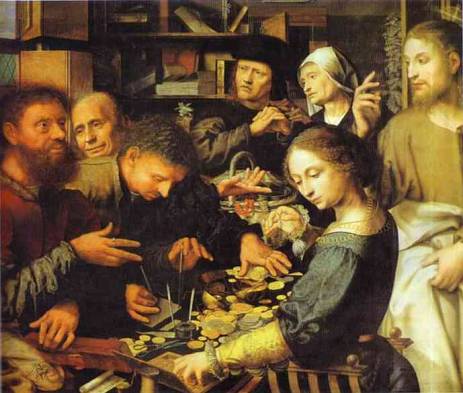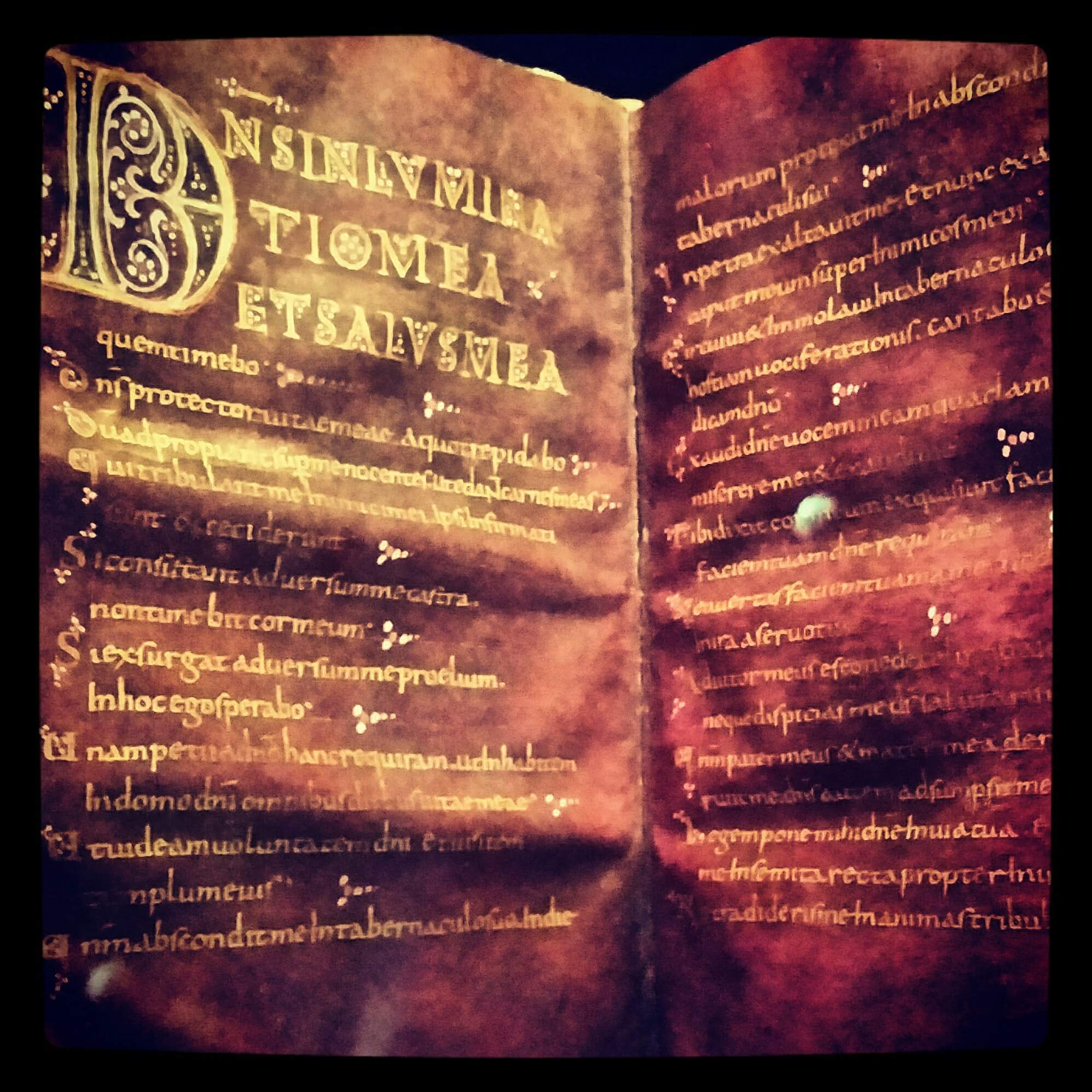This article is the fourth in a series on Meals with Jesus which formed part of this year’s Lent course. This fourth is on the pericope of the Calling of Levi, Luke 5·27–39.
 He had given us this look that cut off our complaints and told us to go with him to see. What would our families say if they saw us? We hoped no one we knew would see us.
He had given us this look that cut off our complaints and told us to go with him to see. What would our families say if they saw us? We hoped no one we knew would see us.
We knew we were not great and holy men, but he must have called us because we are the ordinary, downtrodden Jews. Just like King David, he would raise us from obscurity to splendour. We have great respect for the priests, don’t get us wrong, but they are a bit too lah-di-dah for us. They keep on their Temple schedule without speaking out about the injustices we face under Roman occupation. We always had suspicions that they were in league with our oppressors, and here we find this Levite collecting funds for the Romans and lining his own purse in the process.
We were sure he would do something to rebuke the sinful Levite traitor. We were straining to see and hear as he strode up to the booth. But what he said was familiar, it was those words that filled us with dreadful challenge on the beaches of Galilee, that told us we were his chosen men — “Follow me!”
He gave us that look at the door of the Levite’s house that told us not to thing ourselves better than the traitor, but we were left with our embarrassment and not slightly insulted as we crossed the threshold. The Pharisees came and stood outside, not even touching the walls of the house for ritual purity. Their gaze made us feel dirty as we saw those with whom he had brought us to dine. No fellow Levites were there, having been cut off by his family, nor were there any person of decent standing. The tax collectors who made us pay for our brutalisation were gathered there, and the pimp and his women that were found in every garrison town were there. We wept inwardly at the shame of our people, living like dogs under the Roman table.
A woman gave him some bread. He blessed our Sovereign God as was his custom, broke the bread and shared it with the company. Dipping it in the common bowl, he began, “If you’re healthy, you don’t go and call for a doctor, for the doctor goes to the sick. I am here to call not those righteous but sinners to turn again”. And we began to understand why we were there, in the house of one who would become our dear friend.
Notes
The tax-collector’s name is Levi. All too often, we translate this name straight into ‘Matthew’, to harmonize this pericope with that in Matthew’s gospel (Matthew 9·9) and to fit in with the lists of the Twelve (Matthew 10·3, Mark 3·18, Luke 6·15 and Acts 1·13). However, Luke’s gospel uses the name Levi, and we should spend some time with that name before making connections to the other accounts. As Matthew, the tax collector effortlessly slips into discipleship in our minds, but as Levi we have to process his change from tax collector to disciple. The name marks the tax collector as a member of the hereditary servants of the Temple, and is perhaps a shorthand for his being a priest. At the least, his name suggest he should be counted among the ‘great and good’ of God’s people, and his profession is, thus, doubly scandalous.
The action here is all about relationships, and the existing disciples make an interesting pivot to explore those relationships — with Jesus, with Levi, with those at Levi’s house, with the Pharisees, and with their own consciences, hopes and fears. There are elements of otherness and alienation in those relationships, of notions of superior and inferior that are subverted through Jesus’ action. However, his words make sure we understand that Jesus does not abandon divine justice by sitting with sinners, but shows us that this justice is brought about by change (‘repentance’) and not human condemnation.
Jesus’ analogy is with the doctor who heals the sick. This might give us some understanding of the relationship between sin and sinner. The meaning is emphasized by the two preceding healing narratives, of the leper and the paralysed man. The latter results in a dialogue with Pharisees about the forgiveness of sins — if God alone can forgive sins, we are stuck in this world with their burden. The healing of the leper links with Mosaic law on ritual purity, and the role of priests in certifying purity. Levi’s sinfulness gives this an poignant inclusio, that the guardians of purity are not pure, and that the whole system has become corrupted. This leads us to the end of Jesus’ speech at Levi’s house — the garments and wineskins. He does not condemn the old, the old wine is good, but is showing us that what sufficed before, the old wineskins, is unable to contain the new. It is a bit like a grown adult trying to wear their old school uniform! The company of the tax collector receive Jesus’ compassion because they have been failed by the old system of purity and cannot be made clean, instead becoming more corrupt because of it. Is Jesus saying that the Pharisees insistence on adhering to the old system drives people further into sin? Perhaps.
Not all manuscripts have the verse saying that the old wine tastes better, and no one would go back to new wine after having tasted the old. It is a little confusing because it disrupts a reading of the imagery as ‘old wine = bad, new wine = good’, but perhaps that’s the point: that the old is good, but it is impossible to bring the new into the old (the repentant sinners into the Torah system), but instead the new need a new system and be allowed to mature before they are judged.
Jesus’ telling about the wedding guests feasting with the bridegroom links in with some of what we discussed about the wedding at Cana. The Pharisees see life as an earthly campaign of prayer and fasting to combat sin and hope to heaven. The typology of the wedding banquet is one of heaven, Jesus is saying that through his incarnation heaven is here and now with its liberation from the cycle of sin and impurity. There is something truly radical with the identification of this household of sinners with a vision of heaven.
Straight after this passage, we have last week’s gleaning in the cornfields. Does this event make us think differently about that one?
Reading back before the narrative of the healing of the leper we have the calling of Simon and the other fishermen, with Simon’s self-acknowledged sinfulness. I wonder how differently Simon and Levi see their sinfulness and each others. Perhaps we could end by reading the calling of Simon and his response.
